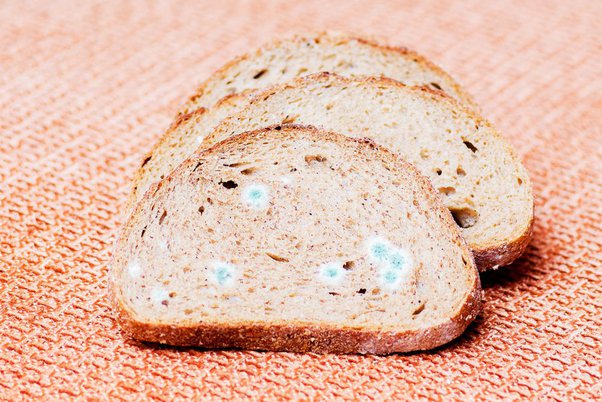
Bread is a food that we love to consume. We love it so much that we even eat it with rice and pasta! How does mold form in the bread that we love to consume? Where and how is it transmitted? What precautions should be taken?
The most common deterioration in bread is mold. Blue and green areas on bread are signs of mold. Mold starts to grow on the top of the bread crust. When it finds suitable conditions, it moves from the crust into the bread.
So, where and how is mold transmitted?
Mold is transmitted to the bread after the baking process. Because the heat applied during cooking is sufficient to kill mold spores. It can contaminate bread from the air, from vehicles such as transport trolleys and crates used after baking. In addition, storing breads in a warm and humid environment also causes mold formation. Humidity is the most suitable environment for molds to grow. Packing the bread while it is hot also causes this phenomenon. Slicing the bread also accelerates the mold phenomenon.
You can also read the related cross-contamination article here.
What should we do to prevent mold from forming on the bread?
First, let’s buy as much bread as we can consume. It is beneficial to consume daily bread. When buying packaged bread from the market, you can buy whole bread instead of sliced bread. The best thing is to take it fresh from the oven. After you buy the bread, you can store it in the refrigerator. Putting it in the refrigerator may solve the problem, but it will make the bread go stale faster. Storing in a bag is also not recommended as it may create moisture. Instead of bags, you can store it in containers called bread rolls. You can also put salt in the bread bowl to retain moisture in the bread roll. Bread pans must be always kept clean.

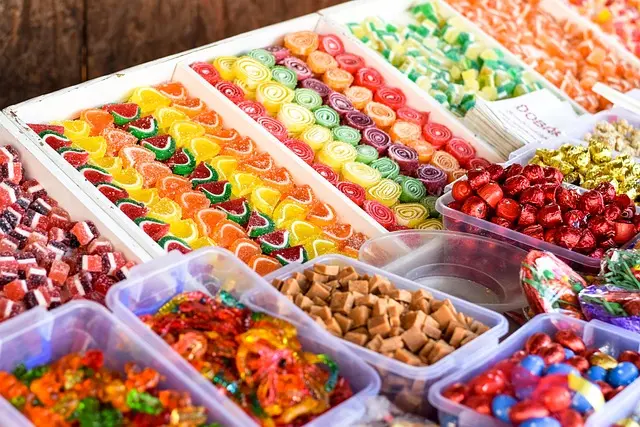


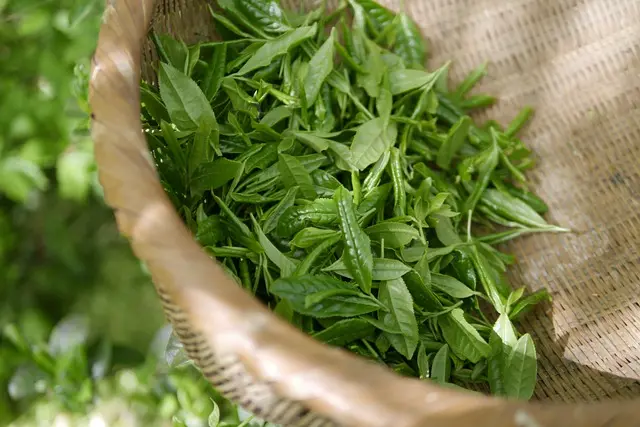
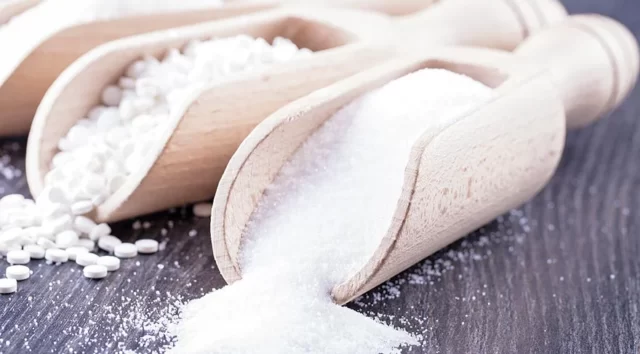
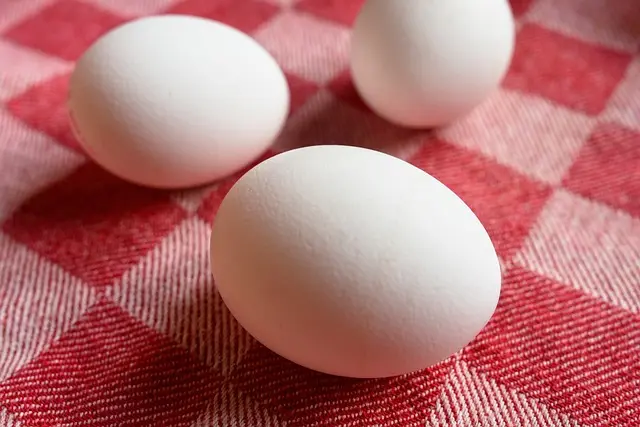
Best choice is to buy with small amounts otherwise it’s really hard to prevent mold
It certainly is, and so we can avoid waste.
Thanks for you comment!